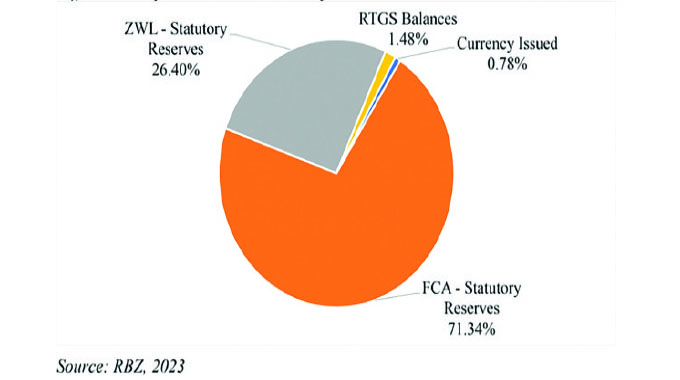Importance of corporate rescue plan in insolvency

Godknows Hofisi
Corporate rescue also known by other terms such as business rescue or judicial management is done in terms of the Insolvency Act (Chapter 6:07), (hereinafter “the Act”) of 2018.
It involves, inter alia, temporary supervision and management of the company by a corporate rescue practitioner, temporary moratorium (relief) on the rights of claimants (creditors) against the company, and development of a plan to rescue the company.
The corporate rescue plan is central to the intended revival of a company. The plan is a roadmap basically to rescue the business out of its insolvency state. It involves financial and legal trouble-shooting as well as strategic planning. The practitioner has to be at his or her best otherwise the plan will be rejected.
In terms of Section 142(5) of the Act a corporate rescue plan, hereinafter “the plan” must be published within 45 business days after appointment of the corporate rescue practitioner, hereinafter “the practitioner”, unless extended.
The requirements of the plan are contained in Section 142 of the Act. The practitioner, after consulting creditors, other affected persons and management of the company, must prepare a corporate rescue plan for consideration and possible adoption. The plan must contain all the information reasonably required to facilitate affected persons in deciding whether or not to accept or reject the plan. The plan is divided into three parts explained below.
Part A – background
This part must include at least:
a complete list of all the material assets of the company, as well as an indication as to which assets were held as security by creditors when the corporate rescue proceedings began;
a complete list of the creditors of the company when the corporate rescue proceedings began as well as an indication as to which creditors would qualify as secured, statutory preferent and concurrent in terms of the laws of insolvency, and an indication of which of the creditors have proved their claims;
the probable dividend that would be received by creditors, in their specific classes, if the company were to be placed in liquidation;
a complete list of the holders of the company’s issued securities;
a copy of the written agreement concerning the corporate rescue practitioner’s remuneration;
a statement whether the corporate rescue plan includes a proposal made informally by a creditor of the company;
Part B – proposals
This part must include at least:
the nature and duration of any moratorium for which the corporate rescue plan makes provision;
the extent to which the company is to be released from the payment of its debts, and the extent to which any debt is proposed to be converted to equity in the company, or another company;
the ongoing role of the company, and the treatment of any existing agreements;
the property of the company that is to be available to pay creditors’ claims in terms of the corporate rescue plan;
the order of preference in which the proceeds of property will be applied to pay creditors if the corporate rescue plan is adopted;
the benefits of adopting the corporate rescue plan as opposed to the benefits that would be received by creditors if the company were to be placed in liquidation;
the effect of the corporate rescue plan on the holders of each class of the company’s issued securities;
Part C – assumptions and conditions
This part must include at least:
a statement of the conditions that must be satisfied, if any, for the corporate rescue plan to a) come into operation and b) to be fully implemented;
the effect, if any, that the corporate rescue plan contemplates on the number of employees, and their terms and conditions of employment;
the circumstances in which the corporate rescue plan will end;
Projected a) balance sheet (statement of financial position) and statement of income and expenses for the ensuing three years, prepared on the assumption that the proposed corporate plan is adopted.
The projected balance sheet and income and expense statement:
(a) must include a notice of any material assumptions on which the projections are based; and
(b) may include alternative projections based on varying assumptions and contingencies.
Certificate
A proposed corporate rescue plan must conclude with a certificate by the practitioner stating that any:
actual information provided appears to be accurate, complete, and up to date; and
projections provided are estimates made in good faith on the basis of factual information and assumptions as set out in the statement.
This simplified article is for general information purposes only and does not constitute the writer’s professional advice.
Godknows Hofisi, LLB(UNISA), B Acc(UZ), CA(Z), MBA(EBS,UK) is a legal practitioner / conveyancer, chartered accountant, corporate rescue practitioner, and consultant in deal structuring and tax. He writes in his personal capacity. He can be contacted on +263 772 246 900 or [email protected]








Comments